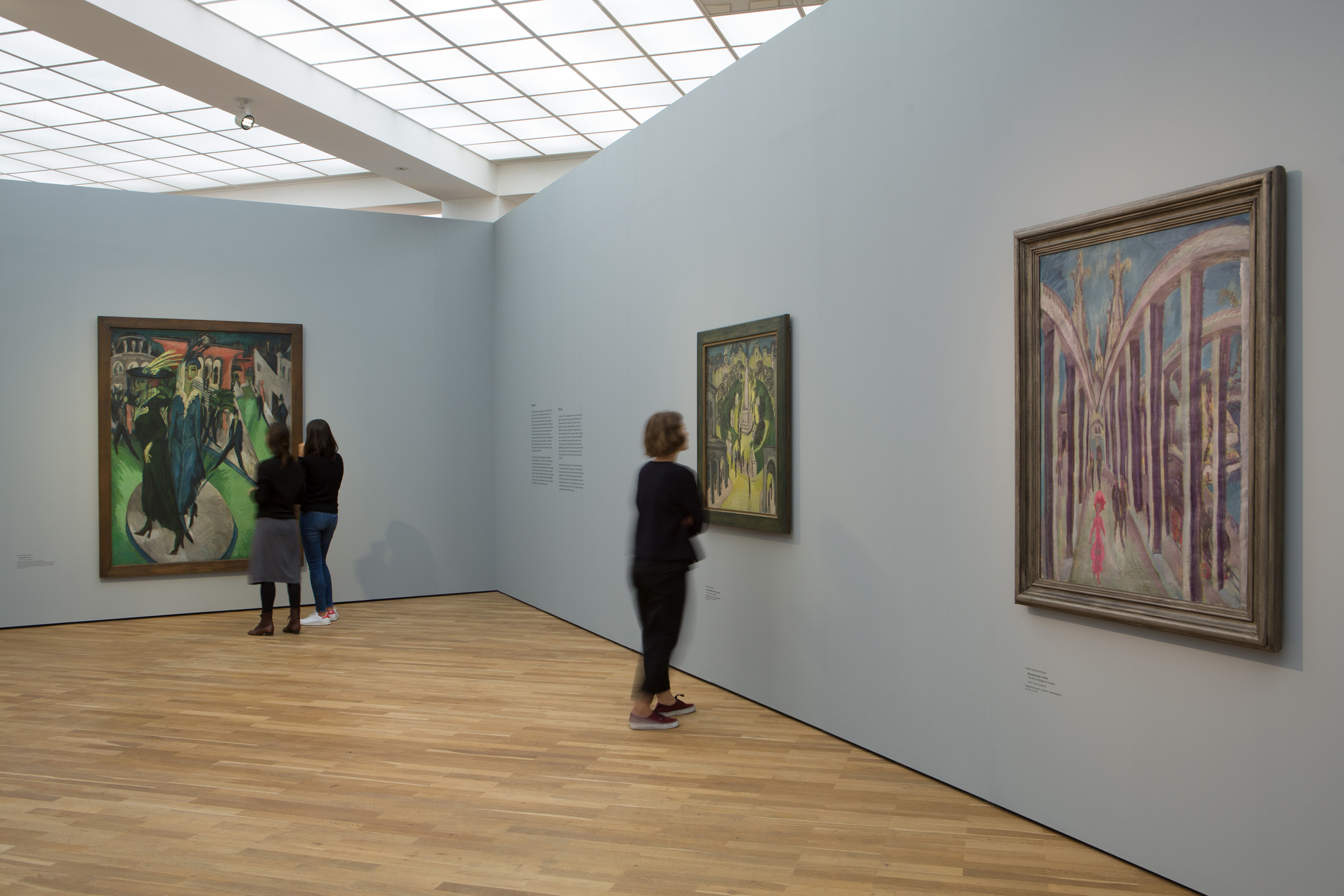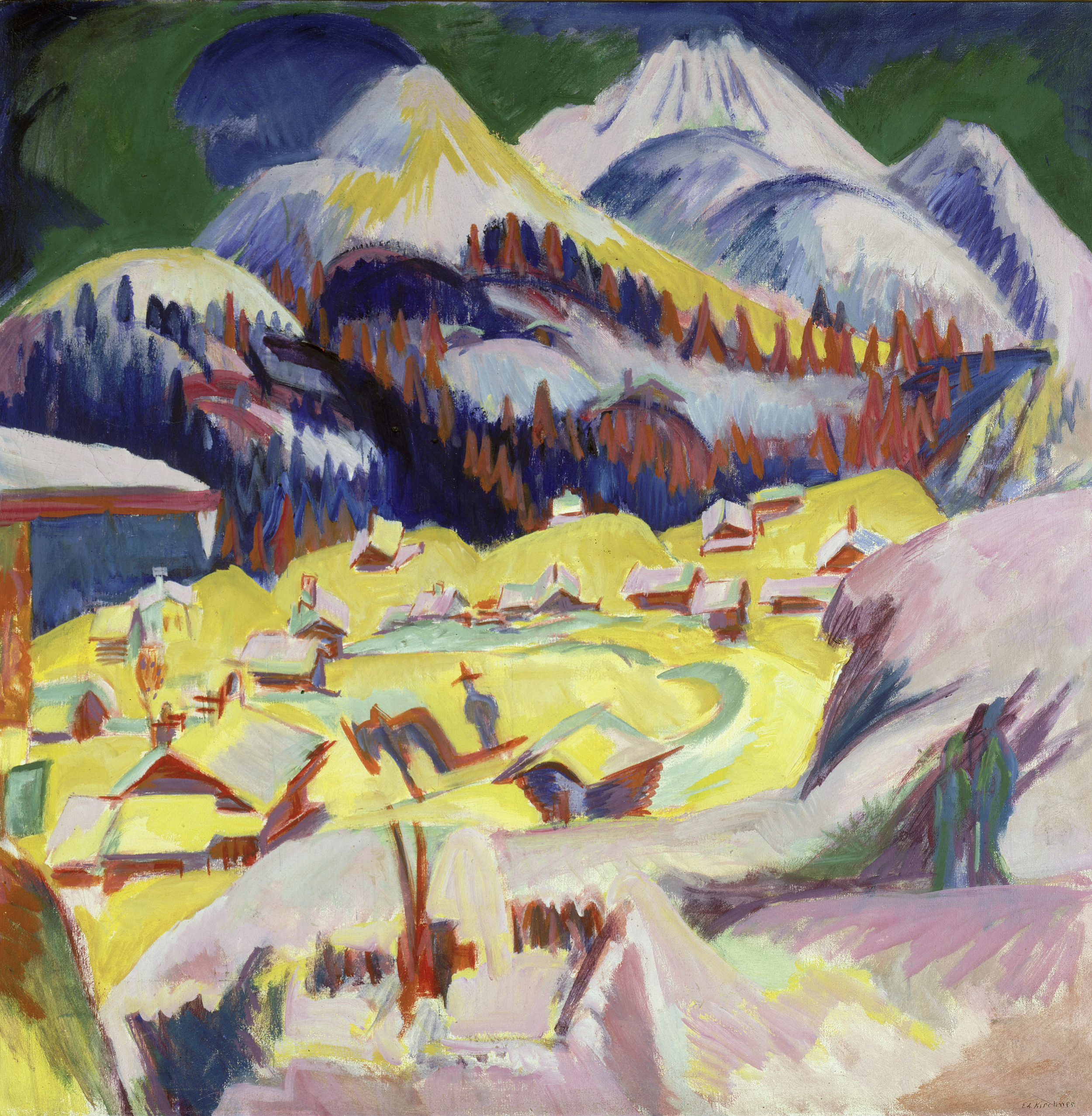From September 23, 2016 to February 26, 2017, “Neue Galerie” at Hamburger Bahnhof – Museum für Gegenwart – Berlin will be showing all works by Ernst Ludwig Kirchner from the Nationalgalerie’s collection, complemented by contemporary works by Rosa Barba and Rudolf Stingel.
With the exhibition Ernst Ludwig Kirchner: Hieroglyphs, Kirchner’s works from the collection of Berlin’s Nationalgalerie will be shown for the first time in their entirety. Hardly any other museum Germany can present the wide variety of Kirchner’s work as impressively as Berlin’s Nationalgalerie with its holdings. Complemented by important loans that clarify Kirchner’s concept of the “hieroglyph,” and works by the contemporary artists Rosa Barba and Rudolf Stingel, the exhibition offers new insights into the expressionist’s work.
The experience of the big city, “immediate ecstasy,” Ernst Ludwig Kirchner explained, was already captured as “complete hieroglyphs” in the preliminary drawing. Kirchner used this concept to describe his act of artistic translation. Kirchner abstracted figures, buildings, and landscapes to individual elements, and eloquent details such as hats, shoe tips, window frames, or bridge arches often take on the role of narrator. Painting thus takes the form of a system of open signs, of hieroglyphs.
With this focus, the exhibition directs attention toward the 17 paintings by the artist in the museum’s own collection: from the early Seated Nude of the Dresden Brücke period, to Bathers on the Beach (Fehmarn) and formally dense works like Max Liebermann or Meadow Flowers and Cat from the artist’s late oeuvre. Several Kirchner photographs and books and drawings complement the presentation at Hamburger Bahnhof, underscoring the cultural charge of these apparently so direct and immediate visual worlds.



